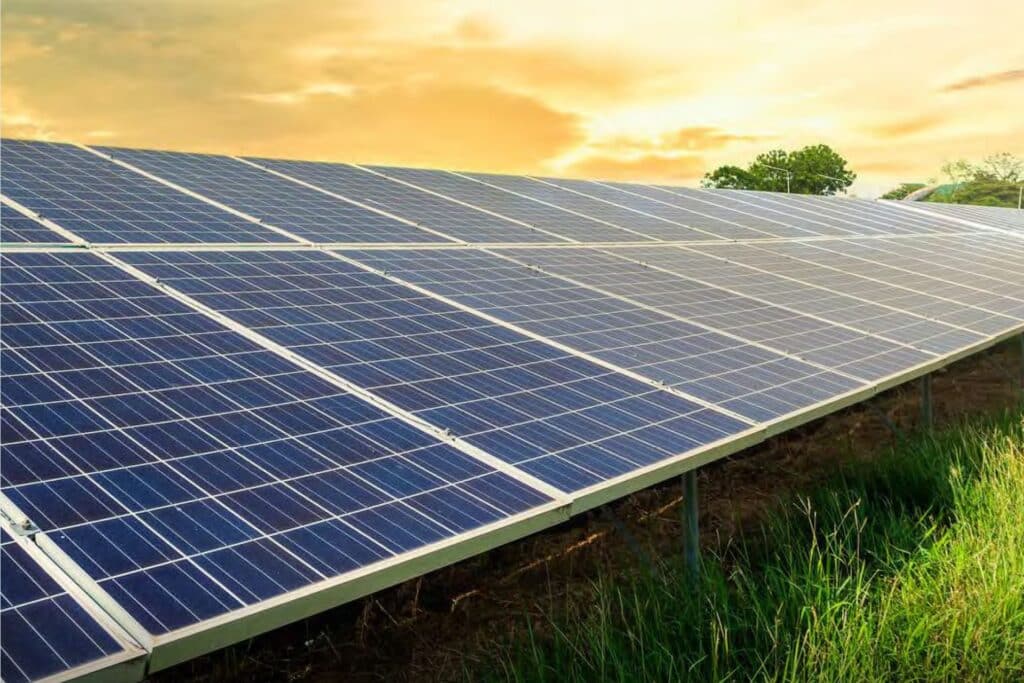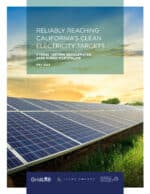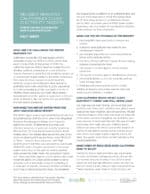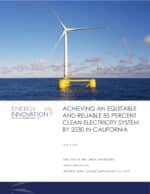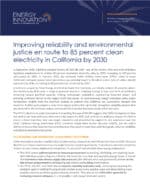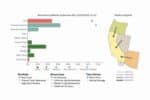California has some of the world’s most ambitious clean energy policies, but mounting climate change impacts underscore the need to ensure electricity reliability, even as the state accelerates its fossil-free transition. Modeling from GridLab and Telos Energy finds California can achieve 85 percent clean energy by 2030 without compromising reliability, even under stressful conditions. A companion report from Energy Innovation shows how state policy can leverage resource diversity, demand-side resources, and greater regional coordination to reduce reliability risks while improving environmental justice by retiring natural gas power plants.
Technical Report
The technical study developed three 85 percent clean electricity by 2030 portfolios, reflecting different resource buildouts and accelerated electrification. These portfolios were tested against stressors including retiring in-state natural gas units, replacing West-wide coal with renewables and energy storage, and mimicking the August 2020 heat waves that caused rolling power outages. The study evaluated all stressors together, including stricter-than-normal import restrictions, finding the future clean grid is capable of serving load under these extreme conditions
Policy Report
This companion policy report provides California policymakers with no-regrets actions to implement reliability insights from the technical analysis. The recommendations show how the state can mitigate risks from deploying resources too slowly, and reduce air pollution impacts of legacy natural gas power plants, while expanding resource diversity and regional coordination to improve reliability.
Data Explorer
This visual interactive feature allows users to explore the technical analysis’ major findings. Interactive graphs demonstrate the required build rates for clean energy resources under the three 85 percent clean electricity portfolios, how much of each resource is relied upon every month of the year, and how California’s grid can meet reliability in the most challenging hour of key tested stress conditions.
